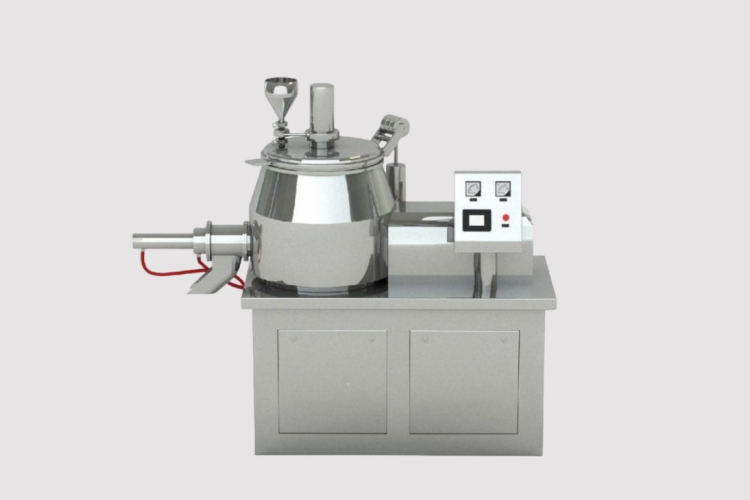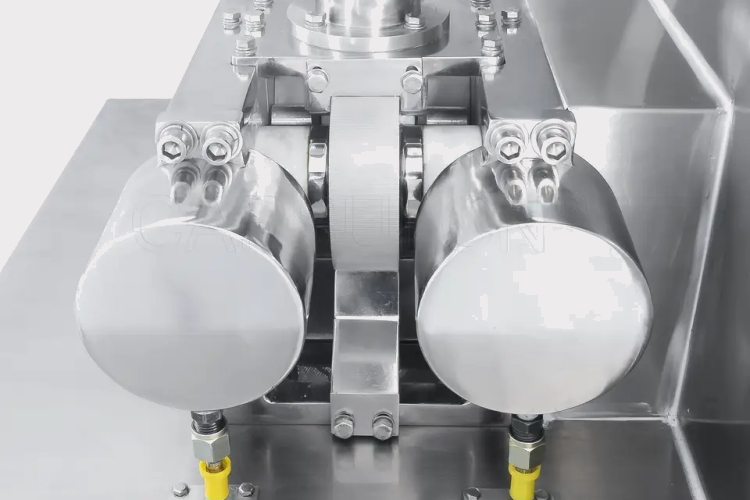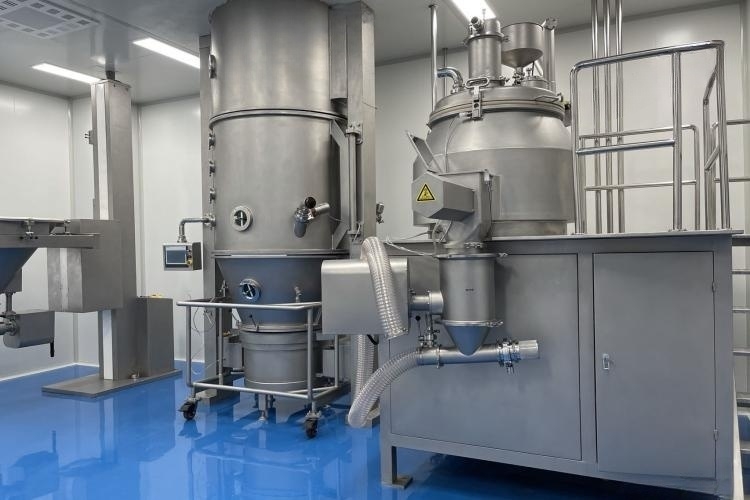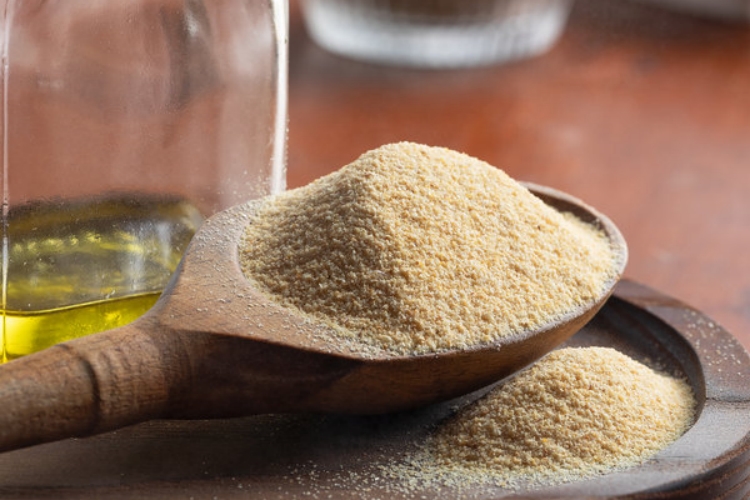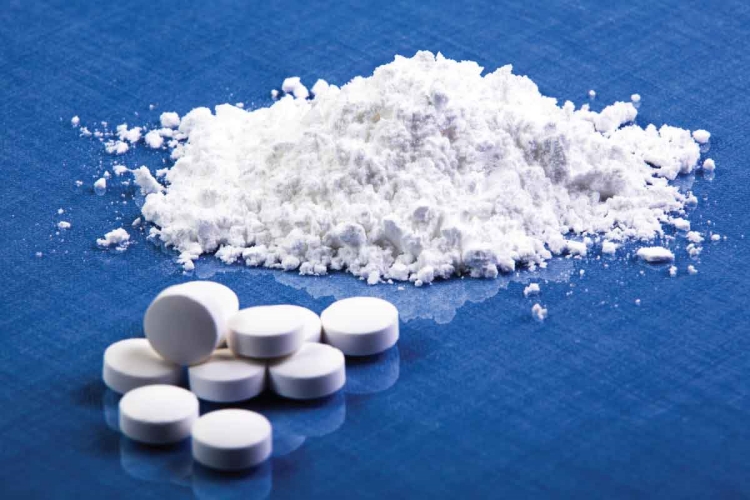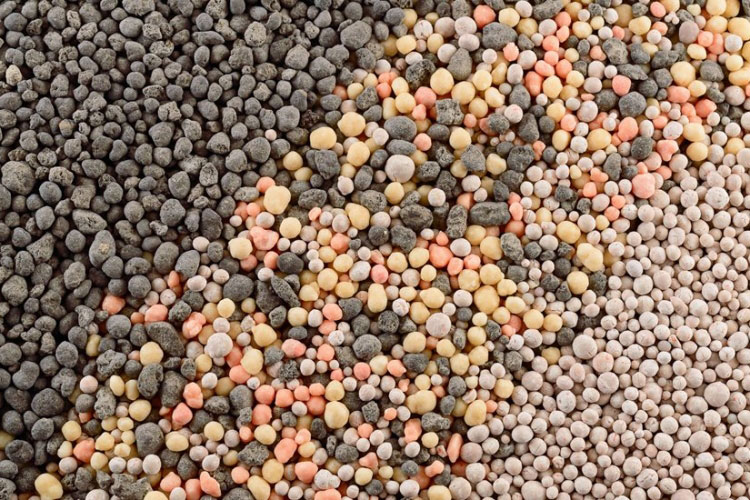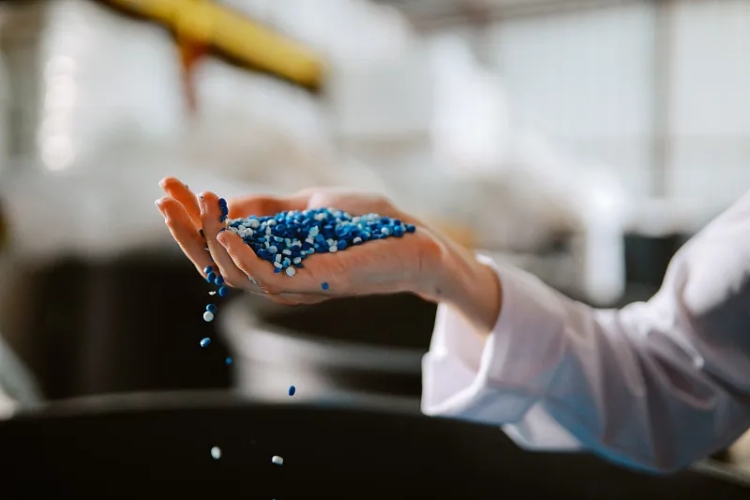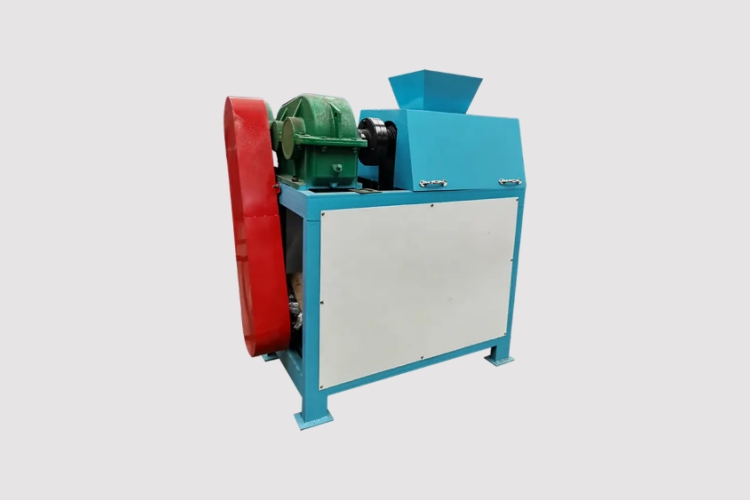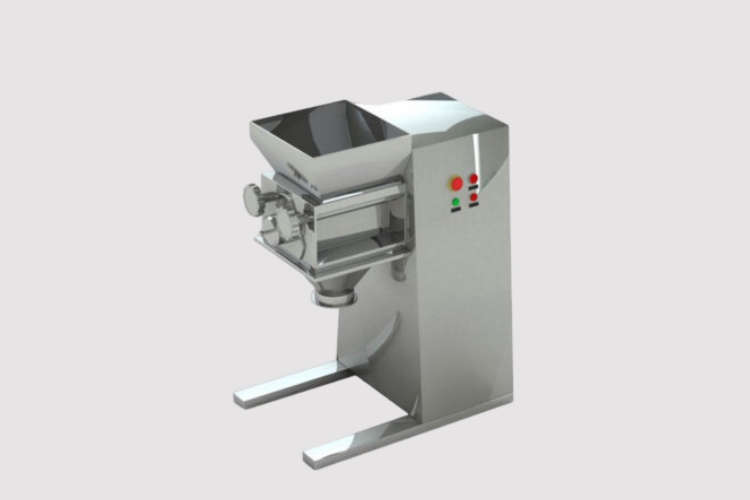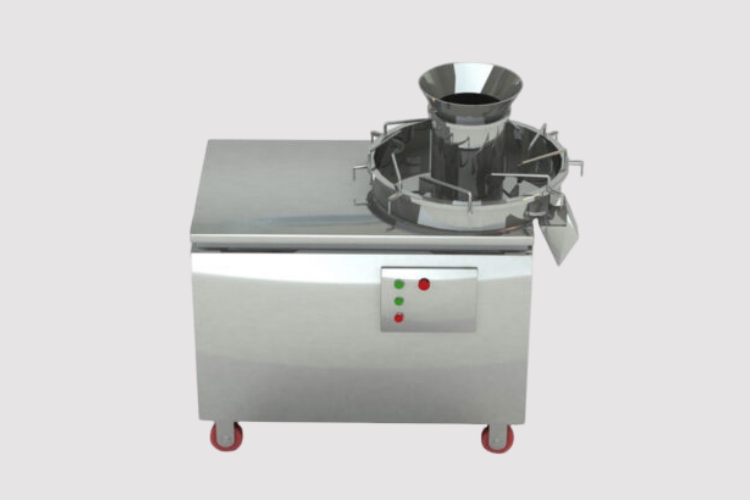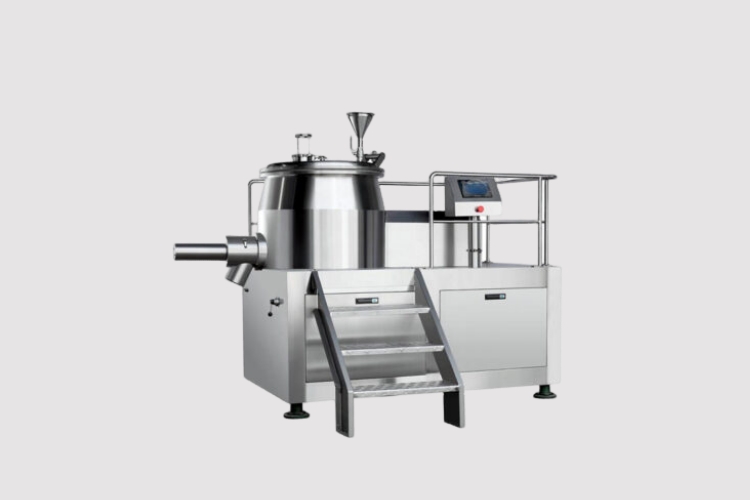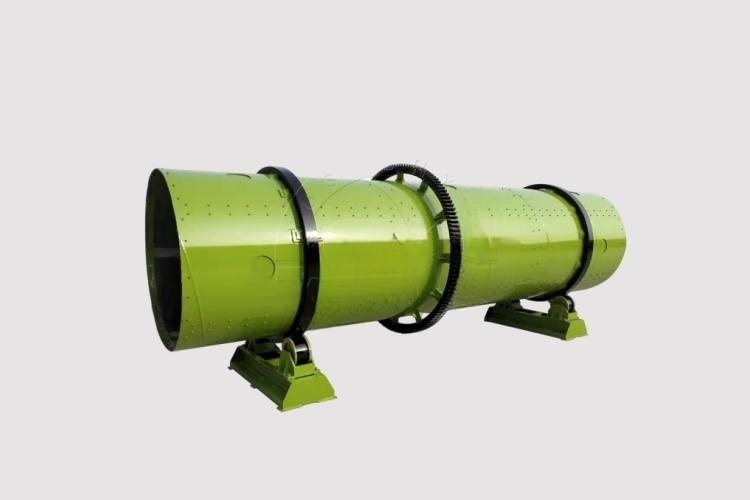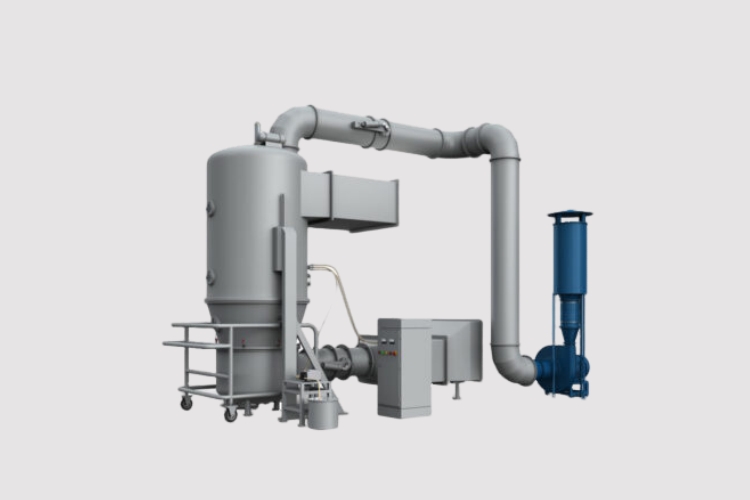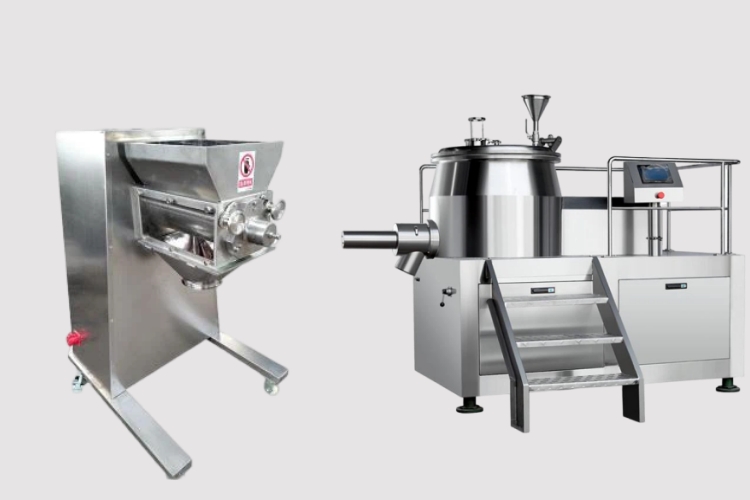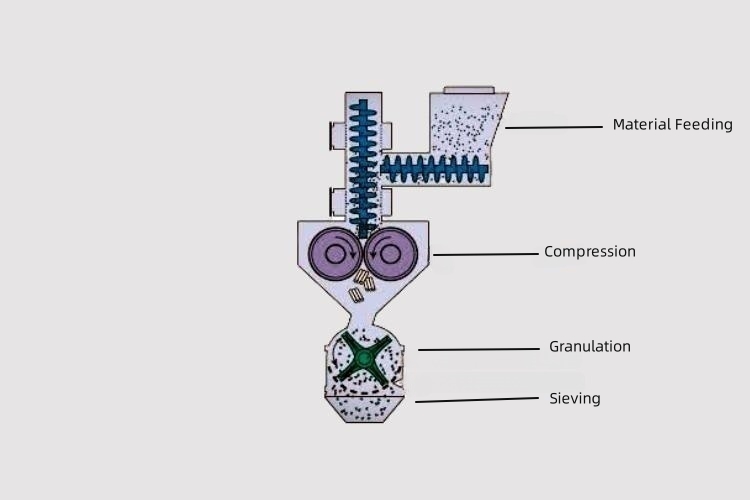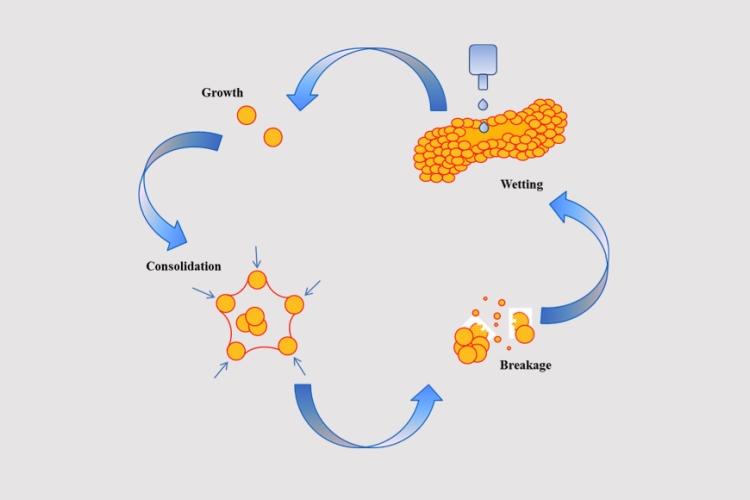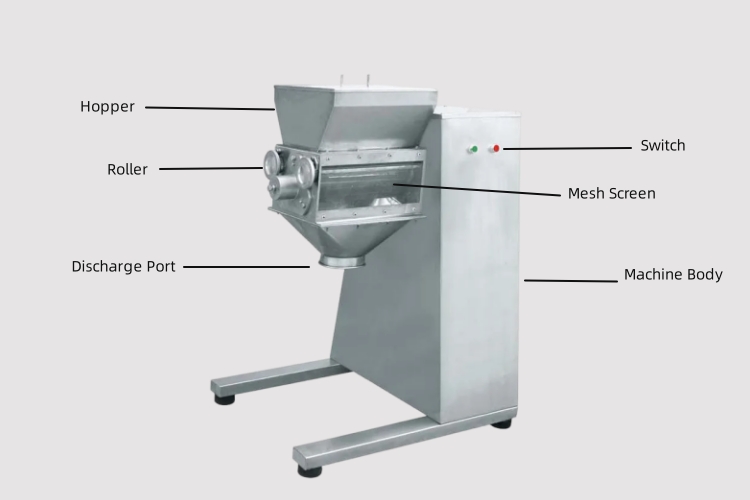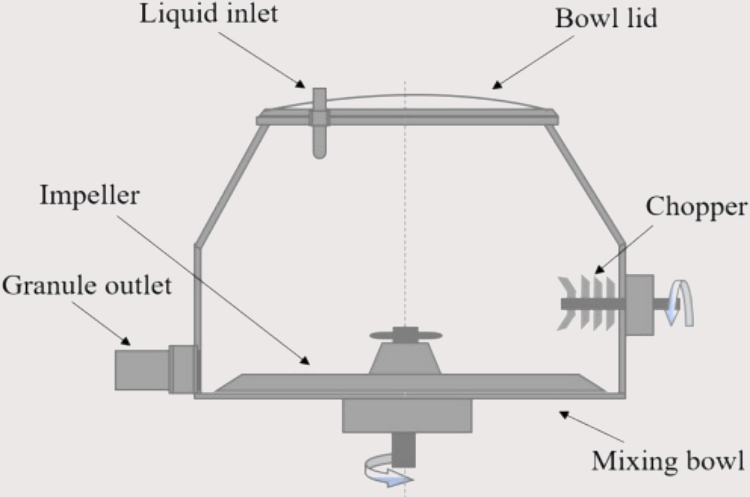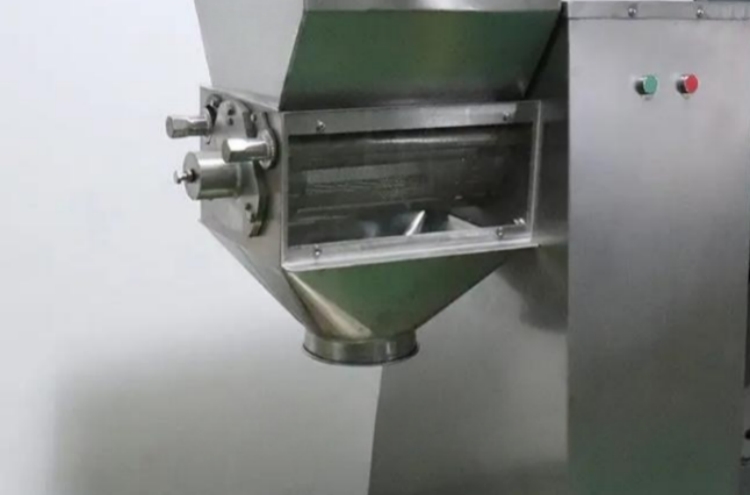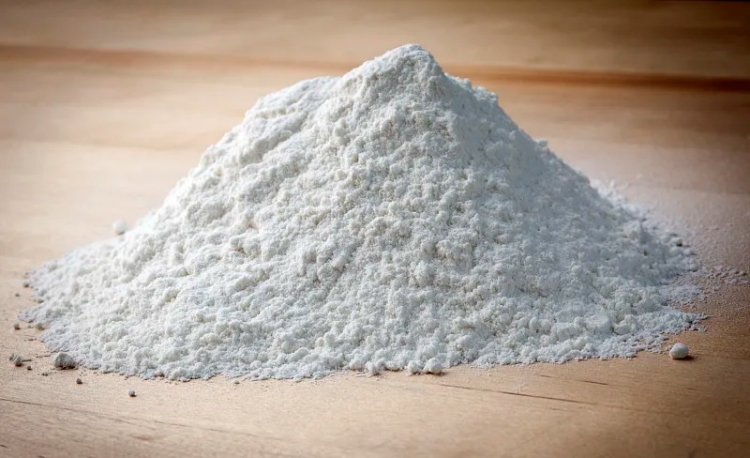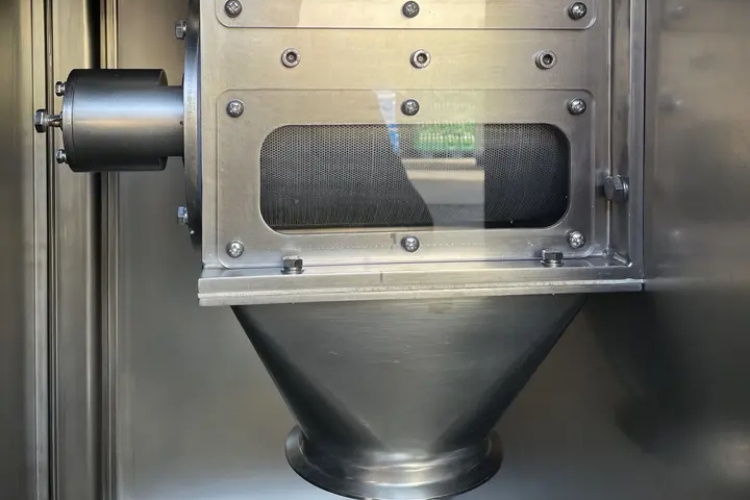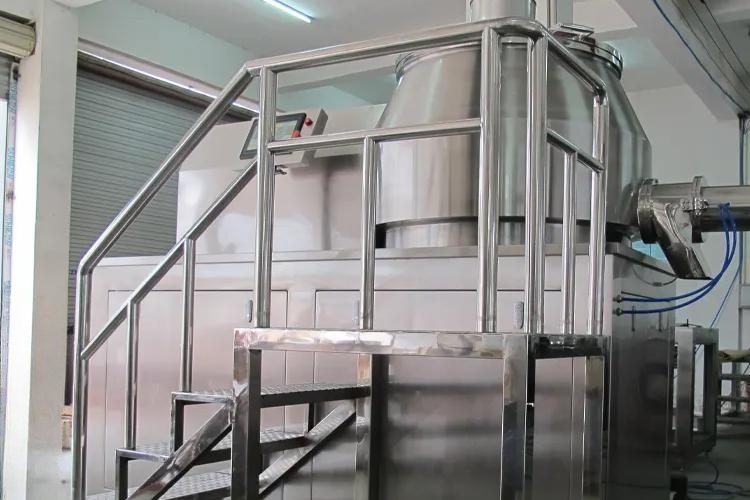What Is Granulator
Do you know what is granulator? It is a common material processing machine which is widely used in various industries, this equipment is generally used to process powder materials, and it is very efficient. Of course, such a one-sided description is not enough to give you a good understanding of a granulator.
So, in this blog, you will see the complete introduction of granulator and learn more information of this machine, such as its advantages, applications, working principle, structure, classification and so on. If you are interested at granulator, please keep on reading this article.
1.How can you define a granulator?
Granulator is a processing equipment which is used to make different materials into a specific shape, this machine is widely applied in various industries which include chemical, food, pharmaceutical, construction, mineral, ceramic, plastic and so on. It can form powders or fine granules into larger granules, or grind solid materials into small granules.
2.What are the advantages of granulator?
There are many worth mentioning advantages of granulator, here are some of them:
Uniform Granulation
A basic advantage of granulator is that this machine can provide uniform granulation, no matter what the raw material is, as long as you put it into the granulator, the machine can make it into particles of the same size, which can ensure the quality of the final product.
Increase Production Efficiency
When choosing a machine, the most important thing you should pay attention to is its production efficiency, the granulator is such a machine which has high speed. The machine can handle a large amount of raw materials in a short time, as a result, it can improve the efficiency of the whole production line.
Reduce Powder Flying
Generally speaking, powder material is easy to be lifted up by the air, however, when using a granulator, the powder has less chance of contacting with the air, so it is not easy to be lifted up. At the same time, the dust in the air can not enter the machine, which can ensure the cleanliness of the whole granulation process.
3. What are the applications of granulator?
Granulator can handle a variety of raw materials so that it is widely used in many industries, including food, pharmaceutical, chemical, plastic and metallurgical, etc.
Food Industry
In food industry, granulator is often applied in food processing, it is used to produce granular materials for food products such as beans, grains and so on. The granular food materials are easy to store and convenient for processing, which increase the production efficiency.
Pharmaceutical Industry
Pharmaceutical Industry-Photo Credit: Fabtech Technologies
Granulator is a ideal equipment for pharmaceutical industry, it can made drugs into granules, which can be pressed into tablets or used as brewing medicines. The granular medicines are simple to dissolve and absorb by your body, in addition, they have high stability.
Chemical Industry
Chemical Industry-Photo Credit: Mesto
In chemical industry, the chemical materials are processed into granules by granulator, therefore, they are more stable, can be stored for a longer time, and are convenient for transportation. Granulator improves the quality of chemical products.
Plastic Industry
In the plastics industry, the granulator is used to recycle plastics, it can process all kinds of waste plastics and make them into plastic granules, so as to achieve the purpose of plastic recycling.
Metallurgical Industry
Granulator plays a vital role in metallurgical production, it turns metals and minerals into granules, which are convenient for smelting. Why the metallurgical industry need to use granulator? The reason is that the granular materials are easier to burn, so the production efficiency and safety are increased.
4.How many types of granulators there are?
In terms of categories, granulators can be divided into dry granulators and wet granulators, according to these two categories, there are various other types of granulators, which will be listed next.
- Dry Granulator
(1).Roller Granulator
Roller granulator belongs to dry granulator, it adopts compression to achieve its function, this machine performs granulation at a normal temperature, and does not require drying measures such as fuel oil and gas. By using a roller granulator, the dry material is extruded under pressure into hard chunks, then crushed and sieved into granules.
(2). Swing Granulator
Swing granulator is another kind of dry granulator, it can turn mixed powder material into granules, and can also crush lumpy solid material into granules. This machine can perform granulation effectively, it is widely used in chemical, pharmaceutical, food industries and laboratories, suitable for small scale production.
(3). Rotating Granulator
The rotary granulator is applied to turn mixed material into granules, it uses the oscillating action of the rotating drum to grind the wet powder raw material into granules through a wire sieve. This machine is very suitable for process materials which have high viscosity, commonly used in pharmaceutical, food, chemical, solid beverage and other industries.
- Wet Granulator
(1). High Shear Granulator
High shear granulator is a typical wet granulator, it is equipped with a high speed rotor which is used to mix and shear raw material. This machine can provide effective granulation, in high shear granulator, the material is mixed, dried and sheared, finally made into uniform granules. This type of granulator is very common in various industries
(2). Drum Granulator
Drum granulator uses agglomerate wet granulation, it uses a certain amount of water or steam to wet the raw material, and then its cylinder begins to rotate, through the rotating motion, the materials are constantly extruded and collided, and agglomerated into granules.
(3).Fluidized Bed Granulator
Fluidized bed granulator is also a kind of wet granulator, it uses heat air and adhesive to achieve granulation. The material is placed on the fluidized bed and sprayed with adhesive solution, then aggregated, next, they are suspended under the action of hot air. When the materials are dried by hot air, the granulation process is finished.
5.Dry Granulator VS Wet Granulator
As is mentioned that there are two major categories of granulators, dry granulator and wet granulator, however, what are the difference between these two granulators? Let’s discuss together.
Dry Granulator VS Wet Granulator-Photo Credit: WANDA
- Granulation Method: Dry granulator adopts dry granulation, which uses direct compression to squeeze bulk materials to obtain granules, during the granulation process, no liquid is required. However, wet granulator adopts wet granulation which uses liquid to mix the powder material, and then extrudes the material to obtain granules.
- Suitable Requirement: Dry granulator is more suitable for making smaller sized granules while wet granulator is more suited for making larger sized granules.
- Moisture Content: The granules which are made by wet granulator have higher moisture content than those made by dry granulator.
- Cost:The granulation process of dry granulator is relatively simple, does not require drying, can save manpower and material resources, in other words, saves cost. However, the granules produced by the wet granulator need to be dried, which consumes more resources and increases the cost.
6.How does granulator work?
Since there are two major categories of granulator, when talking about the working principle of the granulators, there are different situations.
- Working Principle of Dry Granulator
Working Principle of Dry Granulator-Photo Credit: Pharma Specialists
As the picture shows, at the beginning, the raw material is fed into the dry granulator through a hopper, and then there are two rollers which are used to compress the raw material, under pressure, the powder is compressed into tablets.
Next, the tablets are crushed into large particles, but this step is not over yet, the large particles have to be sieved through a screen, when they passing through the screen , they become smaller particles, and the granulation process is completed.
- Working Principle of Wet Granulator
Working Principle of Wet Granulator-Photo Credit: TTP Group
The working process of wet granulator can be divided into mixing and granulation, the whole process is happened in a closed container. At first, the raw material is fed into the machine, and stirred by stirring paddle, during the stirring process, the material becomes semi-fluid, efficient mixed state.
At this moment, the adhesive solution is added, it is mixed with the material and forms a liquid bridge, the material becomes loose and agglomerated, next is the granulation process, the agglomerates are cut into fine and uniform granules by the cutter, and finally they are discharged, that’s the whole working process of wet granulator.
7.Can you tell the main parts of granulator?
The same as the working principle of granulator, in this part, it is still discussed in two cases: dry granulator and wet granulator.
- Main Parts of Dry Granulator
Hopper: This is the entrance of the raw material, when you turn on the machine, you need to pour the material into the hopper.
Switch: There are two buttons which are used to turn on and turn off the machine.
Roller: A dry granulator is equipped with two rollers, which play a role in compression.
Mesh Screen: This part is to sieve the large granules and turn them into fine granules.
Discharge Port: The material which is processed will be discharged from this part.
Machine Body: The machine body is to support the whole machine, it contains a frame, pedestal rack and 4 movable wheels.
- Main Parts of Wet Granulator
Main Parts of Wet Granulator- Photo Credit: Science Direct
Mixing Bowl: You can also call this part as the granulation chamber, here is the place where the whole granulation process takes place. In the mixing bowl, the raw material and adhesive solution are mixed and agglomerated.
Bowl Lid: This is the cover of the mixing bowl, when the machine begins working, you need to open the bowl lid and pour raw material into the mixing bowl. And during the granulation process, this part is closed so that the material will not contact with the air.
Liquid Inlet: As you know, adhesive solution is an important element in the granulation process of wet granulator, therefore, there is a small inlet on the bowl lid, it is called liquid inlet, is the entrance of adhesive solution.
Impeller: This part plays a role in stirring, you can regard it as a stirring paddle, during the granulation process, the impeller will constantly stir the material to let it completely mixed with the adhesive solution.
Chopper: When the material and adhesive solution are mixed and agglomerated, they need to be made of granules, and the chopper is such a component to do this operation, it cuts off the agglomerates so that they can become granules rapidly.
Granule Outlet: When the whole granulation process is finished, the granules are discharged through the granule outlet.
8.How to choose the right granulator?
Choosing the right granulator for your business can get twice the result with half the effort, but, what factors should you consider before buying a granulator? Let’s discuss together.
- Figure out which type of granulator do you need.
Firstly, you should determine which type of granulator can meet your demand, do you think you need dry granulation or wet granulation? Think clearly whether you need to buy a dry granulator or a wet granulator, and then choose a specific type from the certain category.
- What material do you need to granulate?
And the second factor, you need to make it clear that what material do you want to process by using a granulator. This factor is very important, you need to know the particle size and property of your material, this can also help you choose the right type of granulator.
- What is your granulation goal?
Of course, you also need to consider your granulation goal, in other words, what kind of particle size do you need to make the raw material into? When you set up your granulation goal, you can have a specific standard when choosing a granulator, instead of blindly searching.
- What is your criteria for evaluating the granulator?
Last but not least, you need to set your own evaluation standards, what should your ideal granulator look like? Think about your requirements for the working speed, production output, ease of operation, maintenance and service life of the granulator.In this way, when choosing a granulator, your requirements will be more concrete, and it will be easier to choose a high quality machine.
Conclusion
Overall, granulator plays an important role in many production lines, therefore, learning the relevant knowledge of this machine can help you a lot. Well, after reading this blog, do you understand the basic information of granulator? Or, do you still feel curious about it? If you have some questions of granulator, you can contact and ask us.
Don't forget to share this post!
CONTACT US
Tell us your raw material and project budget to get quotations within 24 hours.
WhatsApp Us: +86 181 7101 8586
The Buyer's Guide
